How to choose a water meter: which ones are available, which is better to install and why?
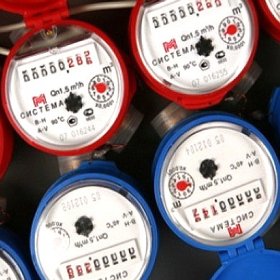
The law prescribing the installation of metering devices in each apartment has entered into force. Based on its provisions, paying according to standards becomes very unprofitable. Therefore, many want to know how to choose a water meter. A correctly selected device will help to significantly reduce utility bills. Now you don’t have to lay out decent amounts for the time of absence from the apartment, the accident, summer “preventive maintenance” and repairs. The payment "in fact" is much less than the norm. It remains only to choose the right counter.
Before rushing to the store for a purchase, you should understand the classification of water meters and find out prices. There are several of them. Devices are divided into devices for cold and hot. Their principle of operation is exactly the same, the difference is in the materials from which the elements of the system are made.
The device of the first type is designed to work with cold water, whose temperature does not exceed 40C. Counters for hot water withstand temperatures up to 150C. There are universal devices used to account for flow and hot and cold water.
Another classification, according to the type of power supply, divides all the meters into non-volatile and volatile models. The first group does not need additional power sources. The second ones work only from the mains and stop when the power is cut off.
When choosing which water meter is better to install, it is worth knowing that according to the principle of action, all devices are divided into four groups:
- Whirlwind. The frequency of the vortices arising on a body of a special form placed in a water stream is recorded. The data obtained characterize the flow rate.
- Electromagnetic In proportion to the speed of the fluid passing through the meter, a magnetic field is inducted at a certain speed, which is fixed by the device.
- Tachometric They are a mechanical calculating device connected with a turbine or a special shape of an impeller rotating in a liquid placed in a stream.
- Ultrasonic Analyze the acoustic effect that occurs when ultrasonic vibrations pass through a moving stream of water.
Industrial and household appliances are also available. The former are used for enterprises, and the latter for housing. From the whole variety of meters for apartments, usually only two types of devices are selected: tachometric or electromagnetic.
Tachometer counters
The most popular design for residential premises. It is distinguished by its compact size, reliability, affordable cost and sufficiently high measurement accuracy. The device will last at least 12 years, however, with the necessary periodic verification. The basis of the design, a small impeller or impeller, determines the type of device.The so-called wing devices can be:
- Single jet. The principle of operation of this counter is based on the calculation of the number of revolutions of the impeller, which rotates a single stream of water in the pipe. By means of magnetic couplings, it is transmitted to an indicator on the housing. The actual counting mechanism is isolated from water, so the measurements remain accurate for a long time. The main advantages of the system include the ability to install a pulse output module, which allows you to read its readings remotely. In addition, the design features of the device make it possible to mount the antimagnetic protection of the meter.
- Multi-jet. The main difference is in dividing the measured water flow into several jets immediately in front of the impeller blades. Due to this, the measurement error is reduced, and the calculation of water by the meter becomes more accurate. The advantages of the system include the ease of dismantling and installation, necessary during verification, since only the upper part of the device is removed. Possibility to install a pulse output module.
Turbine systems are distinguished by the design of a rotating part, which is a small turbine. Another nuance: wing meters are installed only on pipes with a maximum diameter of 40 mm inclusive, turbine meters - from 50 to 200 mm. When choosing a device, this must be taken into account. There is a special kind of counters - combined devices that combine an impeller and a turbine device. They are used in water supply systems with severe pressure drops.
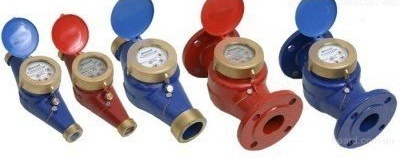
Multi-jet devices give more accurate readings than single-jet ones. Turbine meters (extreme 2 on the right) are installed on pipes with a diameter of 50 mm or more
Tachometric meters are available in dry or wet types. The difference lies in the location of the counting mechanism. In “wet” versions, it is located in water, therefore it is exposed to contaminants dissolved in it, which distort the final readings and quickly disable the mechanism. To protect the device, it is recommended to install a filter in front of it. In "dry" devices, the counting device is separated from the water by a special non-magnetic partition. Thus, it is not affected by pollution, works longer. However, the cost of such devices is higher.
The problem of how to count water on a meter for devices of this type is solved very simply. The counting mechanism converts the number of revolutions of the impeller to the number of cubic meters or liters of spent fluid. The devices are non-volatile, compact and quite simple. Among the disadvantages are usually attributed to the sensitivity to the magnetic field, which distorts the readings of the device, as well as the gradual wear and pollution of the blades, which also affect the reliability of the data being read.
Electromagnetic devices
No less popular than tachometric instruments. Their main advantage is the high accuracy of the readings based on the determination of the speed and average area of the water flow. They are completely independent of the temperature, density or viscosity of the liquid. Therefore, many of those who are considering how to save water on a meter make the choice in favor of this particular device, hoping not to pay extra money for inaccurate readings of an imperfect device. This is justified, however, it should be borne in mind that the chemical and physical properties of the water passed through the meter still affect its accuracy.
For example, sediment in water can lead to data distortion after a year of operation of the system. Another caveat: electromagnetic meters can not work in very clean water. In addition, they are dependent on power and in the event of a power outage, they simply turn off.
The owner of the apartment needs to choose which water meters are better to put.Only he can determine the type of suitable device, taking into account all the shortcomings and advantages of the proposed options. You can verify the correctness of your decision in consultation with a specialist from the management company, who knows exactly what types of devices can be installed in this house.
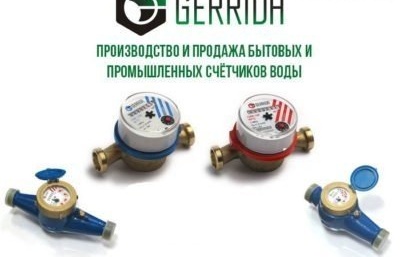
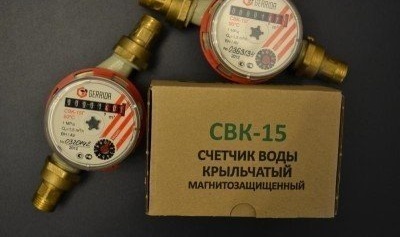
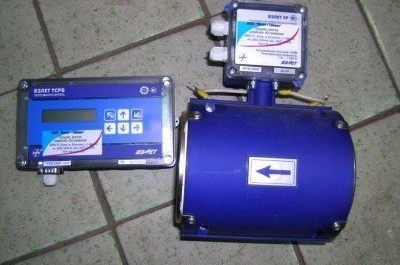
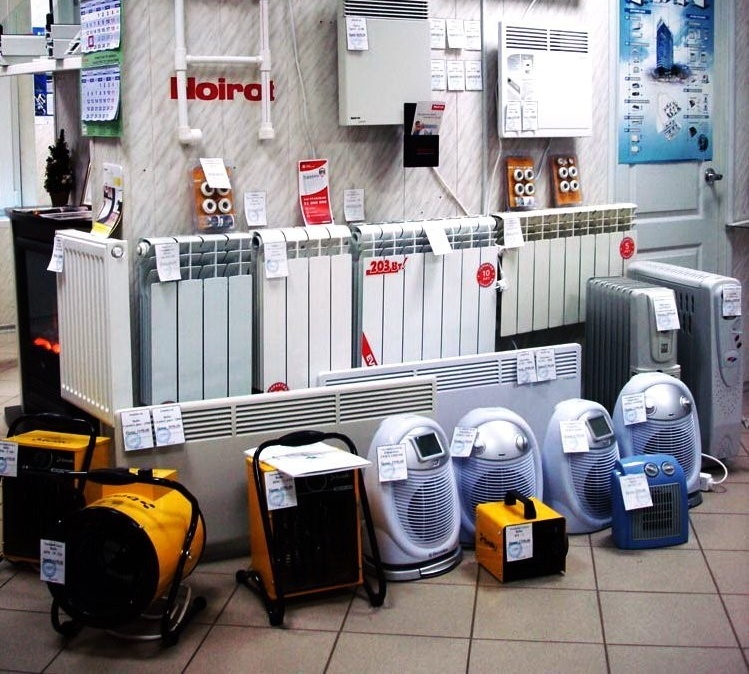
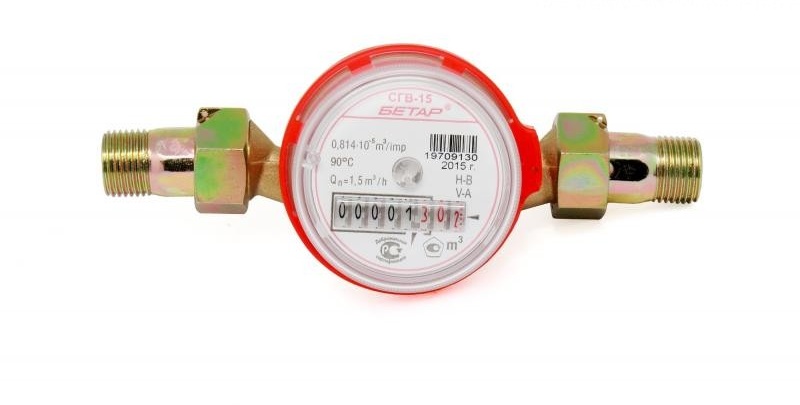

5 comments